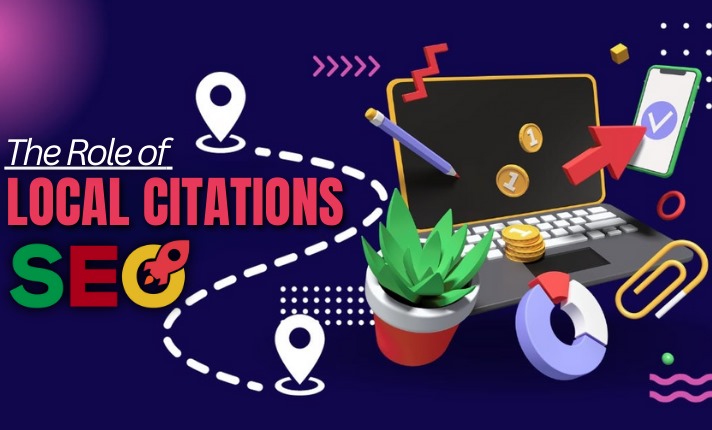
Introduction
In today’s digital world, website speed and performance are crucial for both the user experience and search engine rankings. Slow websites can lead to high bounce rates and low conversion rates, which can negatively impact your business.
Here are the top tips for improving your website speed and performance, with SEO keywords integrated to help you rank higher on Google.
1. Optimize Images
Images are often the largest files on a website and can significantly slow down your site if not properly optimized. Here’s how to optimize your images:
- Compress Images: Use tools like TinyPNG or JPEGoptim to reduce the file size without losing quality.
- Use the Right Format: JPEG for photographs, PNG for graphics with fewer than 16 colors, and SVG for icons.
- Lazy Loading: Implement lazy loading so that images load only when they appear in the user’s viewport.
2. Leverage Browser Caching
Browser caching stores some of your website’s files in the user’s browser. This way, the browser doesn’t need to reload the entire page when the user revisits your site.
- Set Expiry Headers: Use this
.htaccessto set expiration dates for different types of files.
- Cache-Control Headers: Configure your server to use cache-control headers to specify how long browsers should keep certain files.
3. Minimize HTTP Requests
Each element on your webpage (images, scripts, and CSS files) requires an HTTP request. The more requests, the slower your site will be.
- Combine Files: Combine multiple CSS and JavaScript files into one.
- Use CSS Sprites: Combine multiple images into a single image to reduce HTTP requests.
- Remove Unnecessary Plugins: Deactivate and delete plugins that are not essential for your site.
4. Enable Compression
Compressing your website’s files can significantly reduce their size and improve load time.
- Gzip Compression: Enable Gzip compression on your server to reduce the size of HTML, CSS, and JavaScript files.
- Brotli Compression: Consider using Brotli compression, which can achieve higher compression rates than Gzip.
5. Optimize CSS and JavaScript
CSS and JavaScript files can often be bulky and slow down your site.
- Minify Files: Use tools like CSSNano and UglifyJS to remove unnecessary characters from your code.
- Asynchronous Loading: Load JavaScript files asynchronously to prevent them from blocking the rendering of the page.
- Defer JavaScript: Use the
deferattribute to delay the loading of JavaScript until the rest of the page has loaded.
6. Use a Content Delivery Network (CDN)
A CDN distributes your website’s static files across multiple servers worldwide, reducing the distance between your server and the user.
- Choose a reliable CDN: Popular CDNs include Cloudflare, Amazon CloudFront, and Akamai.
- Distribute Content Globally: Ensure your CDN has a wide global presence to improve load times for users worldwide.
7. Improve Server Response Time
A slow server response time can greatly impact your website’s speed.
- Choose a Fast Hosting Provider: Opt for a hosting provider known for fast and reliable servers.
- Reduce Time to First Byte (TTFB): Optimize your database queries, use a faster web server, and ensure your server has sufficient resources.
8. Implement AMP (Accelerated Mobile Pages)
AMP is a framework that helps create fast-loading mobile pages.
- AMP HTML: Use a simplified version of HTML that is optimized for speed.
- AMP Cache: Serve your AMP pages from a Google AMP Cache for even faster loading times.
9. Regularly Monitor Performance
Regularly checking your website’s performance can help you identify and fix issues promptly.
- Use Speed Test Tools: Tools like Google PageSpeed Insights, GTmetrix, and Pingdom can provide detailed performance reports.
- Regular Site Audits: Conduct regular audits to ensure your website remains optimized as you add new content and features.
Conclusion
Improving your website speed and performance is essential for providing a better user experience and achieving higher search engine rankings.
By optimizing images, leveraging browser caching, minimizing HTTP requests, enabling compression, optimizing CSS and JavaScript, using a CDN, improving server response time, implementing AMP, and regularly monitoring performance, you can significantly boost your website’s speed.
Implement these tips today to start seeing improvements in your website’s performance and search engine rankings.
For more tips on digital marketing, check out our articles on Digital Vibes.






